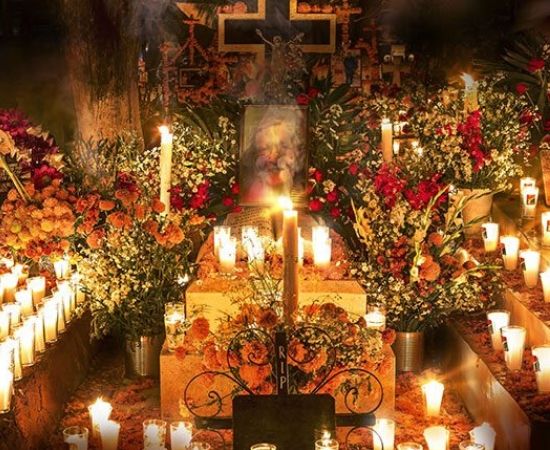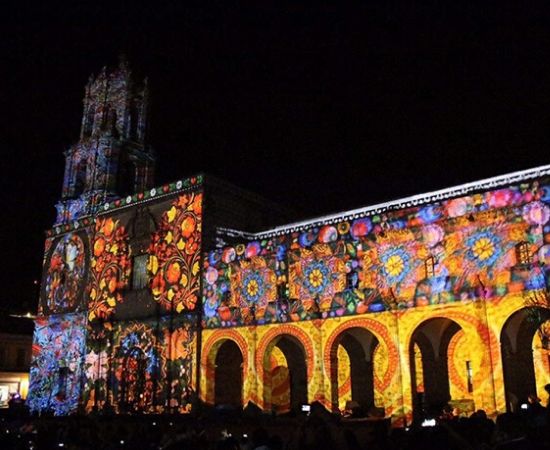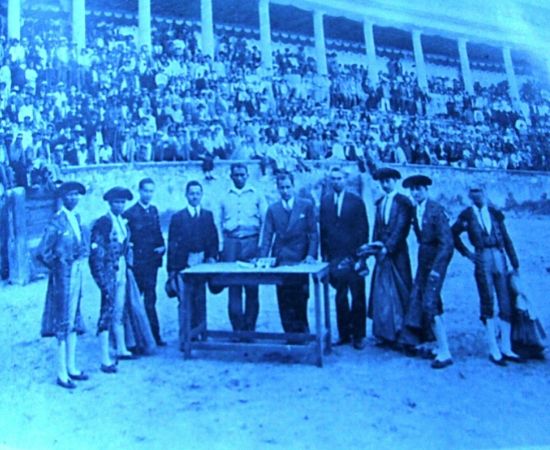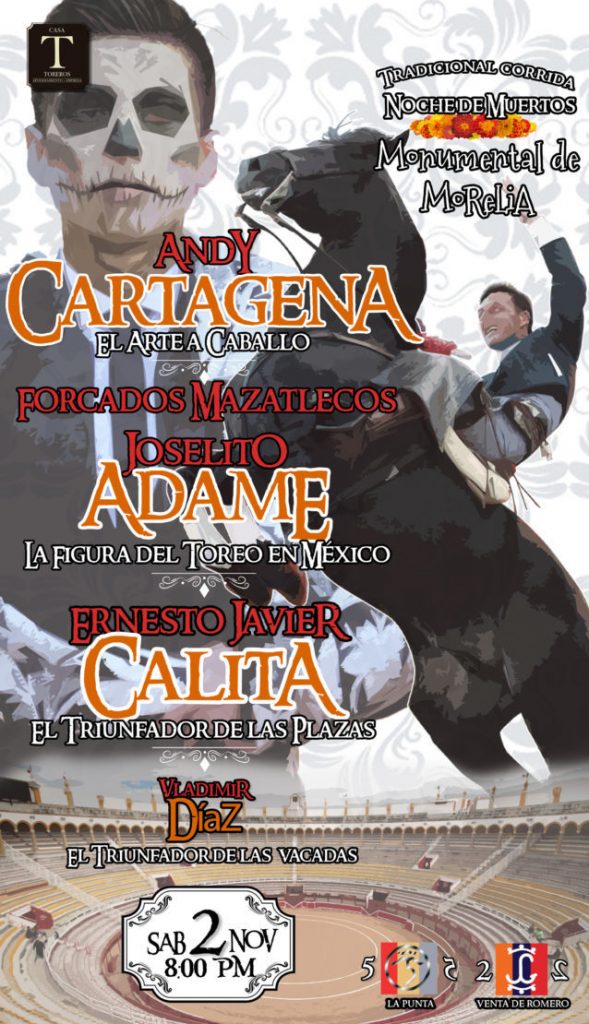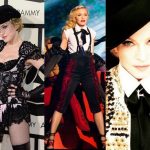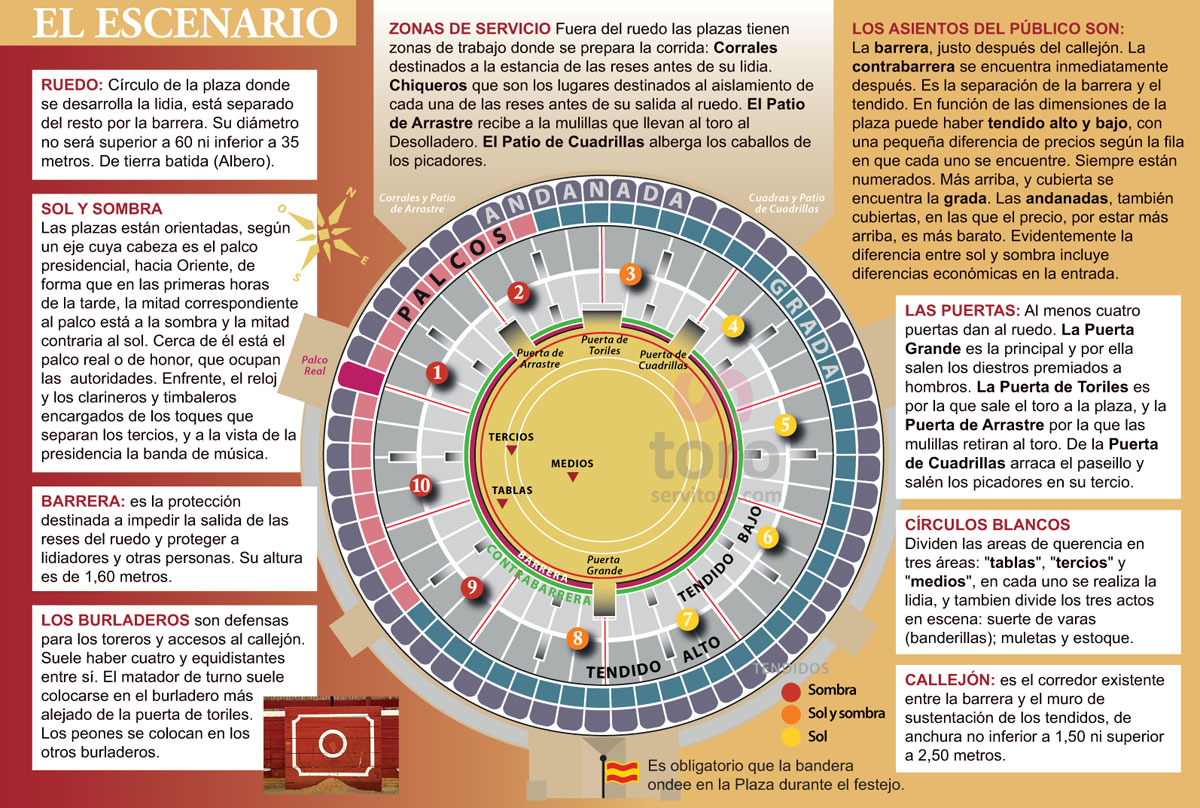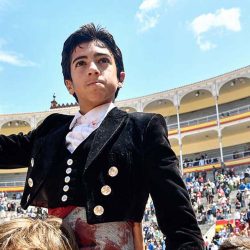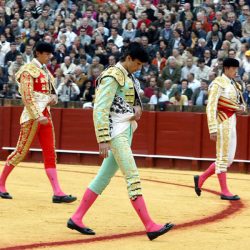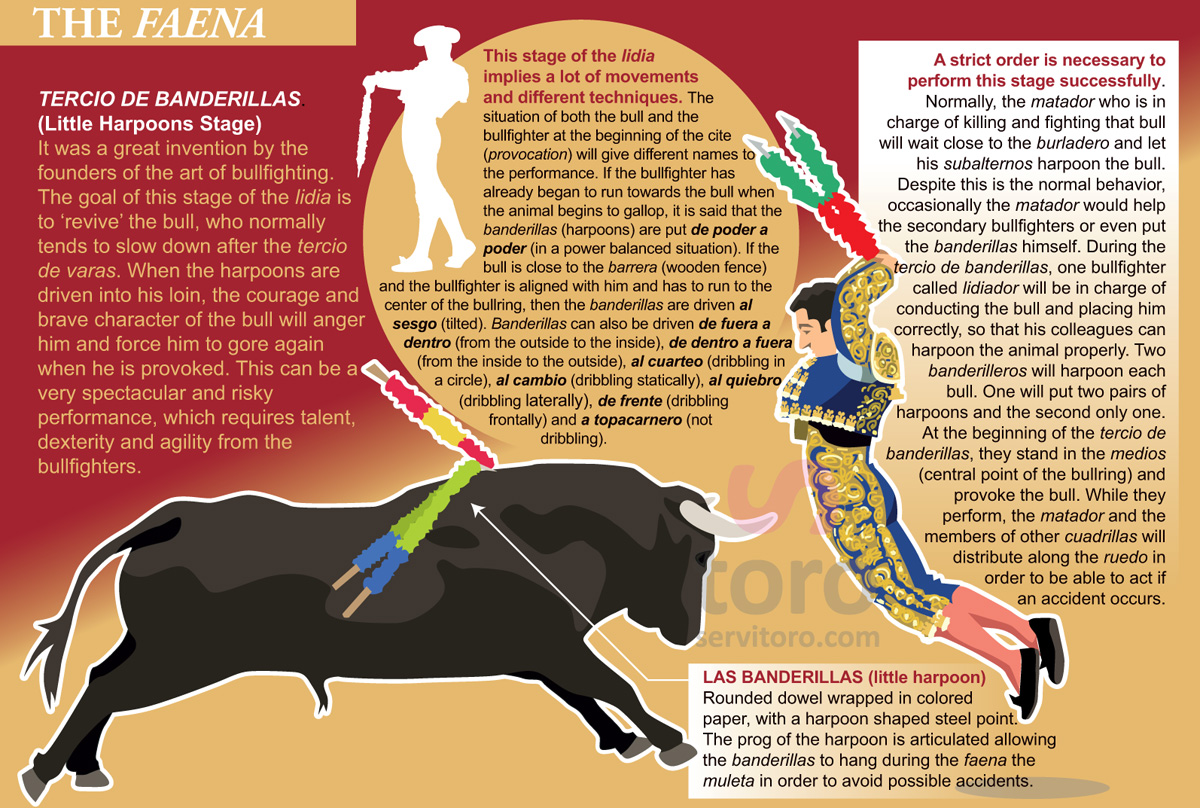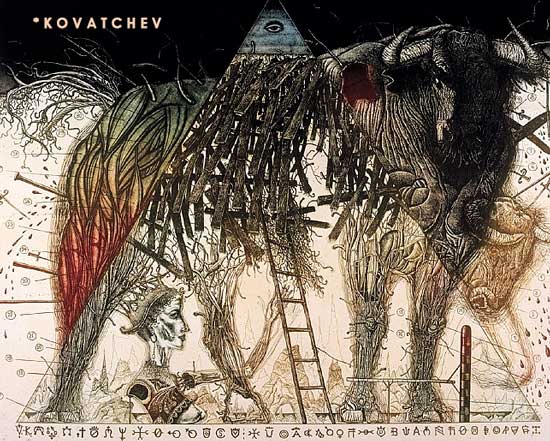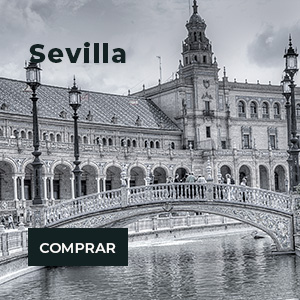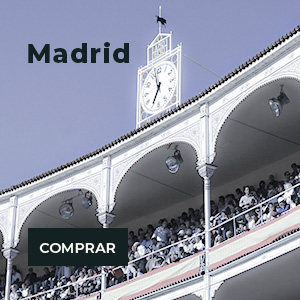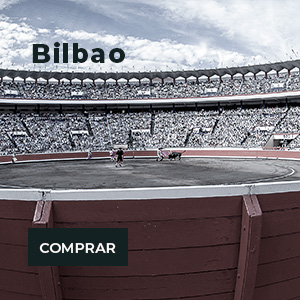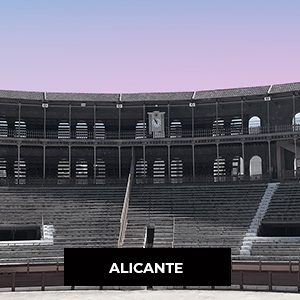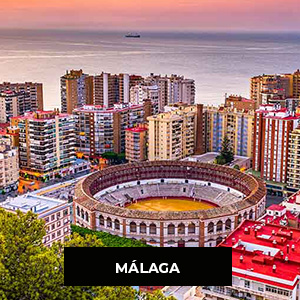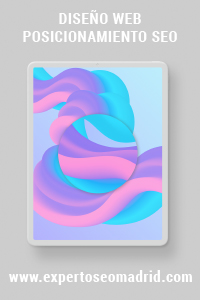The Mexican city lives intensely this traditional festival for centuries
Intangible Heritage of Humanity Festival
The Day of the Dead or Night of the Dead is one of the most important festivals in Mexico, declared Intangible Heritage of Humanity in 2003, and is celebrated on November 1 and 2. Since ancient times, rites are performed for the souls of the deceased, who return to be with their relatives. The Aztec culture celebrated it for two months and it was the goddess Mictecacíhuatl, the ‘Lady of Death’, who presided over all the celebrations. The figure of Catrina is her current heiress.
With the Spanish conquest, Christianity is incorporated into traditions: November 1 is All Saints’ Day and 2 is that of the Faithful Dead. The people take the belief that the first is dedicated to those who died as children and the second to those who became adults. Likewise, crosses and images of the saints begin to appear on the altars that are mounted. So the party since then is a mixture of both, next to the catrinas of the last century.
Michoacán, life after death
It is the most famous state for the celebration of the Day of the Dead, mainly in Morelia (its capital), Janitzio, Pátzcuaro, Tzintzuntzan, Jarácuaro, Ihuatzio and Cucuchucho. Their rituals are very spectacular and colorful. The graves and altars for the deceased are filled with offerings, cempasuchil flowers (which attract and guide the dead), candles, crosses, skulls, pumpkin candy, the favorite dishes and drinks of the deceased, their photographs, ornaments of confetti, the typical ‘Pan de Muerto’ (sweet bread that is specially prepared for this holiday) and copal (incense).
In Morelia, in addition to the altars, exhibitions, concerts, narrations, carpets and flower mats, the great parade of Catrinas and Catrines, the lighting of the Cathedral…the Traditional Bullfight of the Night of Dead is celebrated.
Morelia, 244 editions of the Day of the Dead Bullfight
There are documents that mention three weeks of bullfight celebrations to commemorate the Day of the Dead in the capital of Michoacán back in 1775, called Valladolid from 1545 to 1828. Even the prohibitions of bullfighting in several years did not end with the tradition in Morelia.
The first night edition was held in 1860, with proof of the 64 lanterns of the street lighting that the company from the bullring requested to the City Hall. At that time they took place in the Bullring of San Juan.
In 1942 the bullring was demolished and for a decade the Night of the Dead Bullfight (so called the celebration interchangeably) took place on the place ‘Lienzo Charro’ of Morelia (the lienzo charro places are similar to those of bullfights where are held equestrian and cowboys skills typical of the ‘charrería’, Mexican traditions).
Until the Monumental Bullring of Morelia is inaugurated on March 2, 1952. Since then it has been hosting the great event in Michoacán. The bullring has a capacity for about 15,000 people and is managed by the company Casa Toreros, with Pablo Moreno in front, who each year prepares a great poster for a long-awaited night in the Mexican country.
In 2019 the Spanish horse-bullfighter Andy Cartagena will open the poster, accompanied by Joselito Adame and Calita, in addition to traditional celebrations there such as Mazatlecos forcados and herds of cows.
Happy Saints and Deceased Day, bullfighting lovers!


